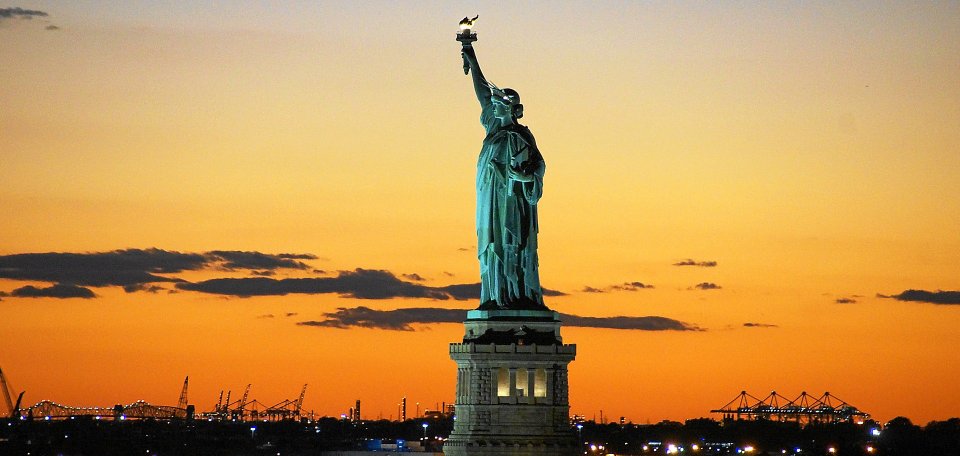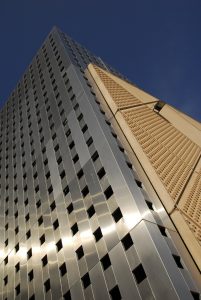Everything on this island gets coated with a fine layer of sand, over and over. Some things fare better than others in this environment, and I'm still figuring out what's what. Slow, yeah. After seeing things rust at a fantastic pace, though, I finally went looking for information.
from the Dahlstrom blog
BEST METALS FOR EXTERIOR APPLICATIONS/CORROSION RESISTANT METALS
The oceanfront is a beautiful but expensive place to live. And as it turns out, it’s also one of the most difficult places to use metal in outdoor architecture. The salt and moisture of the seaside makes long-lasting construction a challenge. The majority of coastal buildings need maintenance every few decades or, depending on the metal used in their construction, they may need to be completely replaced.
And while most metals are resistant to corrosion, they are not immune. Those that are immune to corrosion are typically luxury metals that carry big price tags. As you move further inland, all metals survive longer thanks to lower levels of salt in the environment. It won’t save them from the rain and weather, but they stand a better chance.
No matter where you build, your architecture will be exposed to wind, rain, and possibly salt and other elements. Here are some of the best metals for outdoor use.
4 MOST CORROSION RESISTANT METALS FOR EXTERIOR ARCHITECTURE
So, which metals are best for exterior applications? Let’s start with the most common, yet least durable: galvanized steel.
1. Galvanized Steel
Galvanized steel is the least corrosion resistant metal on this list. Despite that, it is most commonly used because it offers at least 50 years of strong, affordable performance (25 or more in saltwater environments).
Galvanized steel is carbon steel that is coated in liquid zinc. The zinc becomes the sacrificial anode and will corrode before the steel underneath, even if some of the steel is exposed (a phenomenon called preferential corrosion).
One benefit of galvanized steel is the ability to adjust the amount of protection by specifying the amount of zinc deposited on the surface of the steel during its production. The more zinc you put on, the better protection you will get! Galvanized steel is by far the most affordable on this list, which is why it remains so widely used outdoors. Some of the most common galvanized items we produce are components used to mount solar panels to commercial building roofs.
So, galvanized steel is best for projects that only need short-term corrosion resistance, or architecture that requires planned, consistent renovations.
2. Aluminum
One step above galvanized steel is aluminum. Aluminum doesn’t need a protective coating - it creates its own through a process called self-passivation. As aluminum oxidizes, it creates a protective layer around itself like a snail drawing into its shell. Manufacturers can force this process via anodizing, which immediately strengthens the metal and leaves it with a polished finish.
Aluminum for exterior use is most often shaped through extrusion, though we roll form plenty of it. It is often used on the exterior framing of storefront doors and windows.
Depending on who you talk to, aluminum can last anywhere from tens to hundreds of years before decomposing.
Aluminum is an effective option for exterior architectural components, but it's not the top choice on our list!
3. Copper, Brass, Bronze
These red metals are much more rare and luxurious than aluminum or stainless steel. They’re also incredibly durable; once they’ve oxidized, they’re completely immune to the elements. Brass and bronze are alloys of copper, so they all turn somewhat green with oxidation.
Copper is a raw element, and the softest of these three metals. Zinc is added to copper to make brass, and tin with copper creates bronze. The addition of other metals makes brass and bronze harder, sturdier, and more resistant to oxidation. Some sources say copper and its alloys can survive perfectly for over a thousand years.
These metals will be most desirable to architects who require a rich aesthetic. Requests for red metals often come for luxury hotels, banks, historical buildings, and restorations. It is definitely a high-end material... pound for pound, it is easily double or triple the cost of stainless steel.
However, if you want your architecture to stand the test of time and make an impact, copper, brass, and bronze are all highly corrosion resistant, weather resistant, and durable.
4. Stainless Steel
For all intents and purposes, copper, brass, and bronze are equivalent to stainless steel in durability. They're all incredibly resistant to the elements (how long has the Statue of Liberty been standing tall in the New York Harbor?), but they’re also very expensive. For that sole (and very important) reason, stainless steel comes in at the top of the list.
Stainless steel has the best balance of durability and cost-effectiveness for outdoor commercial and industrial purposes.
There are over 150 types of stainless steel, but there are only three that most common for exterior use: grades 304, 316, and 430. Each type of stainless steel has a different measure of alloy metals, affecting its durability and cost.
Grade 304 stainless is the most commonly used of the 300 series. Its alloy metals - 18% chromium and 8% nickel - give it extreme durability both physically and aesthetically.
However, it’s also one of the most expensive grades of stainless steel.
Grade 316 contains the same amount of chromium as 304, but with a higher percentage of nickel plus 2-3% molybdenum. Molybdenum increases the metal’s resistance to salt, making it perfect for the most corrosive environments.Typically, this is the metal used in marine applications.
430 stainless is typically used for mild exterior conditions, or indoors where the weather gets tracked in. For instance, escalators in shopping malls use 430 stainless to protect against slush and salt carried in by shoppers. It has a lower percentage of chromium (17%) and a higher percentage of carbon (.12%), which makes it the cheapest and most popular option. However, it’s obviously not as effective as its 300-series counterparts for exterior use.
Stainless steel is much more affordable than copper, brass, or bronze. And, depending on how and where you use it, it can last well over a hundred years.
















































No comments:
Post a Comment